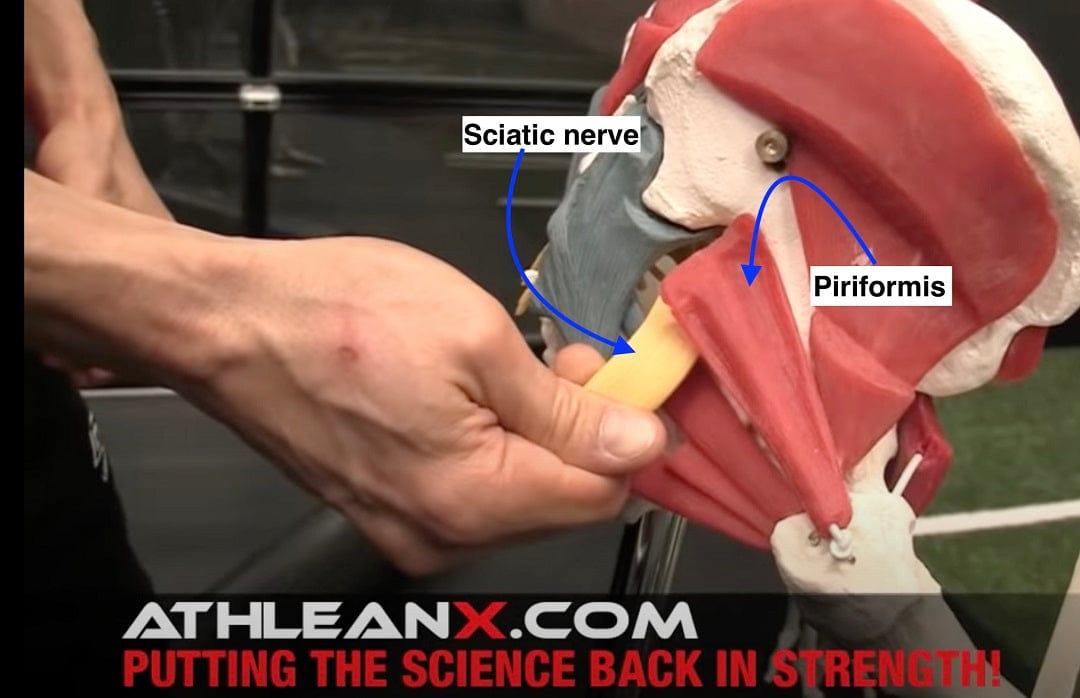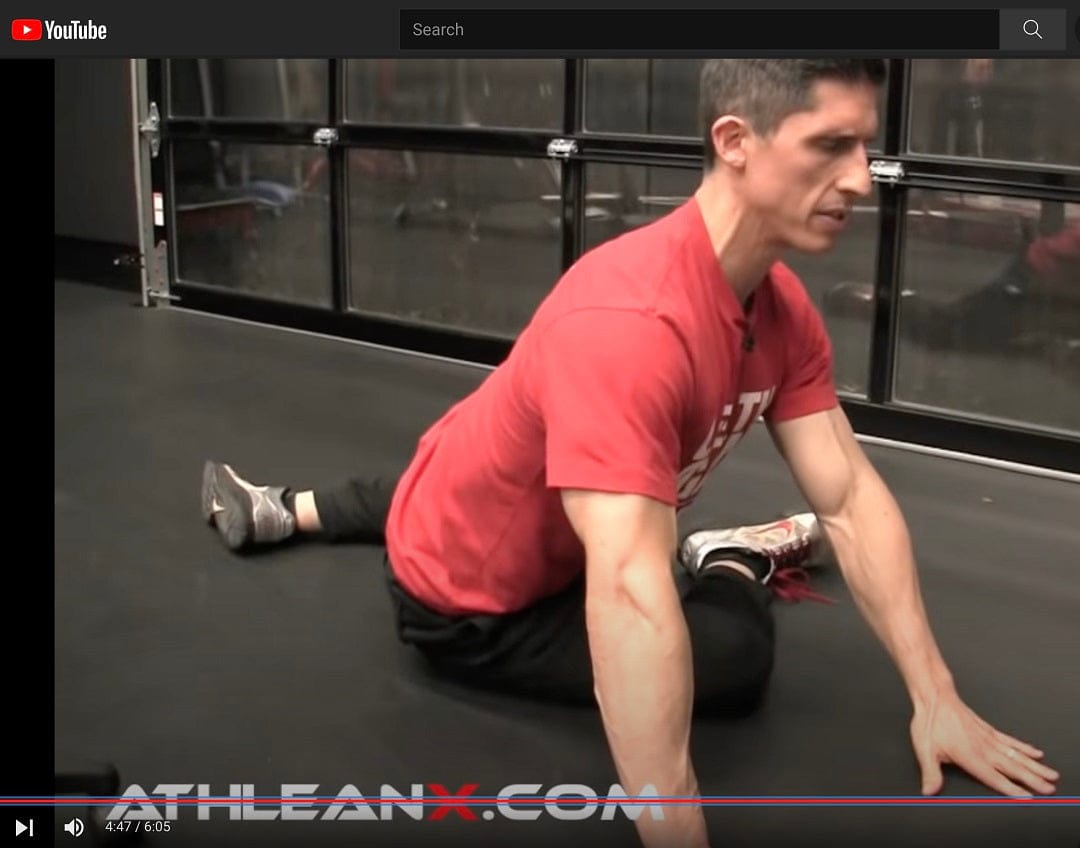How To Address Sciatica
How To Address Sciatica
I’ve been struggling with sciatica for years, and for anyone who has suffered through that in the past, you know that it involves horrible radiating pain down the buttocks and into the lower leg.
Sciatica is caused by impingement of the nerves in the lower back and can quite frustrating. Activity and movement are supposed to help, but when you are debilitated by the pain, how are you supposed to go out and get some activity? People who struggle with sciatica often spend much of their life to mitigate the symptoms. I know I did! I tried everything, especially rolling on Tennis balls and stretching—but nothing seemed to make it better.
Then one day I stumbled on this video that discusses how to address sciatica. The guy in the video explains that a lot of what we do to try to fix the problem actually makes it worse due to the anatomy of the area. Rolling on rollers and Tennis balls feels like it helps because the nerves that are being affected are quite close to the surface, so they are easy to trigger, but more often than not we are just aggravating the nerves even more, which leads to further impingement. Likewise, a lot of the stretching we do feels like it helps, but it is actually targeting the wrong area.
While a lot of sciatica is caused by impingement form disc damage, the piriformis also plays a large role in it. The piriformis is a large muscle in the lower back and buttock region, and can rub on the sciatic nerve, causing painful symptoms that are very similar to sciatica. If you have been struggling with this issue and find that nothing is working, it might be worth checking out the stretch that is featured in this video. Similar to the pigeon pose in yoga, it involves rotating the leg of the affected side inward and leaning forward over the knee, although it is important that you keep your lower back upright and stabilized rather than bending from the waist and stretching the lower lumbar region. The goal is to gently stretch the piriformis instead of the lower back, which helps reduce the impingement in piriformis syndrome.
While this won’t solve all sciatic issues, especially those related to nerve impingement from disc injuries, it can’t hurt—and more times than not, you will find that it provides some relief. In many cases, it fixes the problem completely! It definitely helped me. After years of dealing with that pesky pain in my buttocks, I can now move freely again and get my daily activity, which helps keep my body limber and my spine healthy and aligned, resulting in a positive cycle of improvement and progression.

